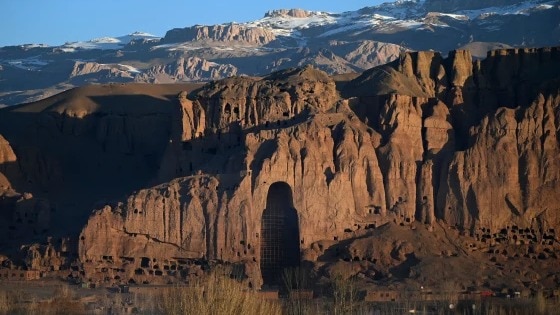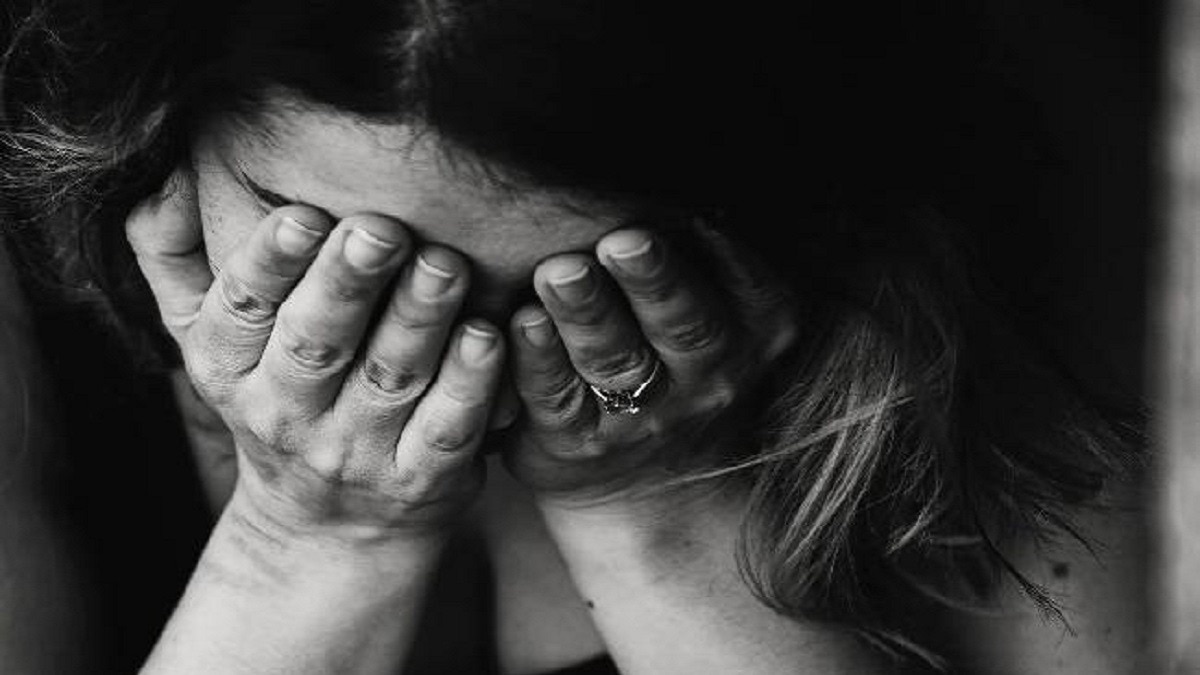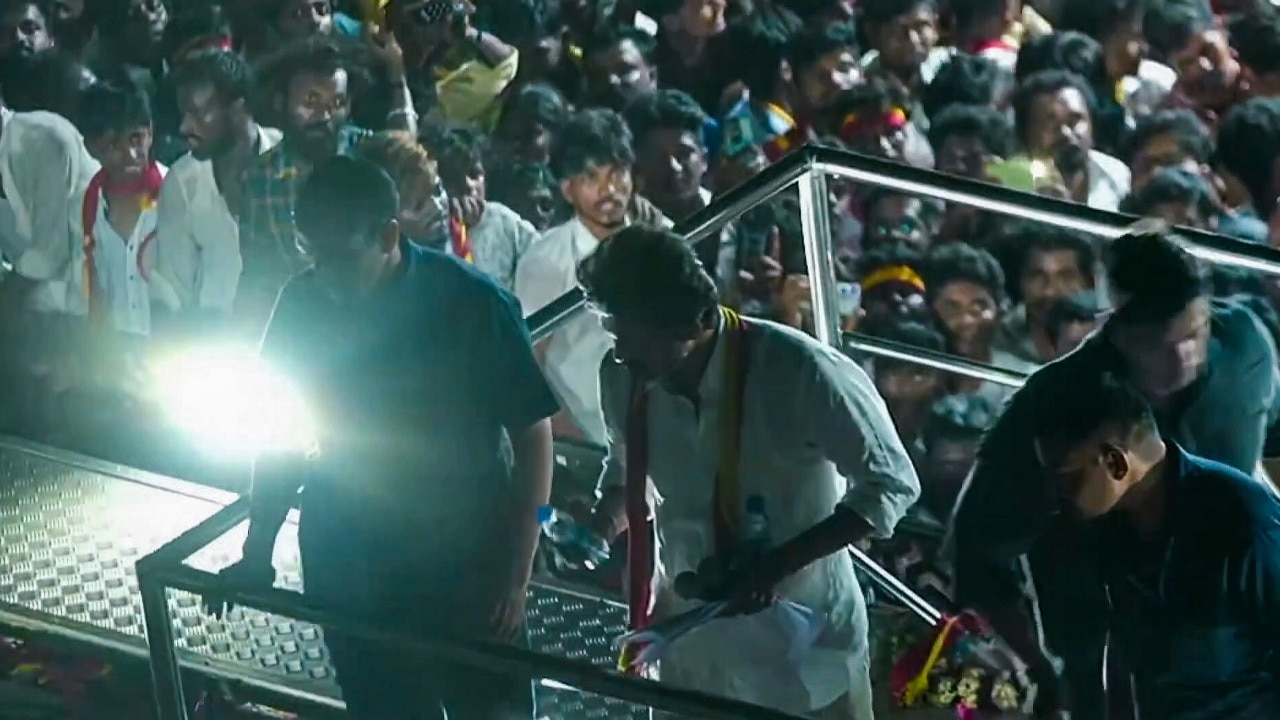Earlier this month, the visuals at the Delhi press briefing of Amir Khan Muttaqi, the Foreign Minister of Taliban-led Afghanistan, said it all. While the Taliban flag was before him, behind him was a painting of the hollow alcove of one of the Bamiyan Buddhas destroyed by the movement’s earlier regime. The Taliban had in March 2001 destroyed the Bamiyan Buddhas using rocket-propelled grenades (RPGs), anti-aircraft guns, artillery, and dynamite. They “have been and remain shrines of unbelievers,” Taliban’s Supreme Leader Mullah Omar, who did the irreparable damage, once proclaimed.
In 2025, the faint remains of the Buddhas still spoke at the Delhi press meeting. The Buddhas’ alcoves mattered because they stood as unspoken mirrors. A reminder of what the Taliban once erased. The Buddhas’ shadow mattered as they stood for what was once erased and what both Kabul and Delhi now hope to rebuild and reconcile with.
While diplomatic ties between India and the Taliban inch back toward a cautious normal, the Buddhas of Bamiyan tell a different story. Once symbols of peace and art along the Silk Road, and a part of the thread that bound Gandhara, Ganga and the Godavari together, what remains of the Bamiyan Buddhas today signals more towards ruin than restoration.
The Buddhas overlooking the Bamiyan valley are gone, and the huge cliff-cave complex is increasingly under threat from looting, encroachment, unauthorised construction and extremists like the Islamic State – Khorasan Province (ISKP). Efforts to revive the Buddhas had been ongoing, but they yielded no results. Poverty in the Bamiyan province has turned the ancient vihar (dwelling caves) with exquisite frescoes where monks once meditated in quiet, into shelters for the homeless. The soot from their fires they light to cook and keep warm, now coats the ceilings’ of the centuries-old frescoes, hiding what history left behind.
It felt necessary to return to Bamiyan now, because the hollowed cliffside is a mirror to its present state. With both contiguous neighbours back at the table, and calls being made for restoration of Buddhas at Bamiyan, they can be a measure of what reconciliation can restore.
The Taliban first came to power in 1996 after years of civil war and destroyed the Bamiyan Buddhas in 2001. Ironically, that same year, they were driven from power by US-led forces after the September 11 attacks. As if it were a curse of the Bamiyan Buddhas.
BAMIYAN WAS ONCE THE VALLEY OF LIGHT
The two colossal Buddhas of Bamiyan were carved into the side of a sandstone cliff in central Afghanistan’s Bamiyan Valley, around 6th century CE. One statue measured approximately 55 metres in height and the other around 38 metres.
The larger of the two is believed to have been created around 507 CE and the smaller around 554 CE, by Buddhist monks in a period when the region was a melting pot of Buddhist, Greco-Buddhist and Gupta-influenced art, according to the Association for Asian Studies. The cliff face also housed hundreds of caves which functioned as vihar (monastic cells), meditation halls and shrines. They together formed one of the most important Buddhist monastic hubs on the Silk Road.
The site symbolised the cultural thread linking modern-day Pakistan and Afghanistan with the rest of the subcontinent and even further east. It was and is a part of the civilisational link.
The Buddhas endured multiple assaults and had been in the crosshairs of the orthodox Muslims. In the 17th century, iconoclast Mughal emperor Aurangzeb ordered parts of the statues defaced. His forces failed to completely destroy them. Later, in the 18th century, Persian invader Nader Shah attempted to demolish them with cannon fire. They inflicted partial visible damage. But the main structures were intact. Despite these attacks, the Buddhas stood for centuries, until the Taliban’s demolition in 2001.
TALIBAN USED ARTILLERY, GUNFIRE, MINES AND ROCKETS TO DESTROY BAMIYAN BUDDHAS IN 2001
On 27 February 2001, the Taliban declared their intention to destroy the statues, calling them “idols unfit for Islam”. They began blasting the carvings on March 2 with gunfire and artillery; when that proved ineffective, they progressed to mines and rockets.
According to reports, the statues were peppered with rocket fire and tank shells, then finally blown apart with explosives over several weeks. The act prompted international outrage, with UNESCO calling the destruction a “crime against humanity”.
The motivation was ideological. The hardline Taliban viewed representations of the human form as idolatrous and believed the statues’ any further restoration (in which several Indians were involved) would divert aid from other things.
Hence, what had stood for more than a millennium came down in weeks. This was a symbolic and a physical fall.
TWO DECADES AFTER DESTRUCTION OF STATUES, BAMIYAN IN RUIN
More than 20 years on, the Buddhas’ absence is marked by the empty alcoves and the eroding caves.
The Bamiyan Valley remains one of Afghanistan’s poorest provinces. With basic infrastructure weak, local residents often have no alternative but to inhabit the caves once meant for monks. According to local officials, at least 130 such caves are occupied by families with no other shelter, said a recent report by the Kabul-based TOLO news.
The security and enforcement of the law, if there is at all, is minimal.
Mohammad Isa Azizi, an official with Bamiyan’s Directorate of Information and Culture, told TOLOnews that only twenty police officers were tasked with safeguarding “all” of the province’s registered heritage sites. That is clearly insufficient. Eight cultural and archaeological sites are registered at the United Nations Educational, Scientific and Cultural Organisation (UNESCO) in the province.
Despite the historical value, many cave-vihar have been adapted for daily survival.
Hearth fires emit soot that now blankets ancient frescoes; laundry lines and makeshift dwellings disrupt the serenity of what was once a contemplative space. Even the caves’ sanctity is under strain.
The site where the Buddhas were has been listed by UNESCO as a World Heritage in Danger. But the collapse of protection and preservation has allowed the slow decay of what remains.
IS BAMIYAN BEING RESTORED BY PIECING TOGETHER THE PAST?
International efforts to salvage the Bamiyan heritage have been underway for years.
Between 2004-2008, teams recovered approximately 10,000 fragments from the rubble at the feet of the statues, noted the international non-governmental organisation on heritage, International Council on Monuments and Sites (ICOMOS).
Researchers at the Technical University of Munich (TUM) found that the statues had once been painted in vibrant colours, like, orange, pink, dark blue, and were built using multiple construction techniques, which needed advanced understanding of rock mechanics.
Several teams created 3D digital reconstructions of the statues and cliff niches, mapping them in high resolution to preserve the image and allow future discussion of the reconstruction.
Another plan endorsed leaving the western niche empty as a testimony to destruction and considering partial re-assembly only for the eastern niche. Japan, Germany, Italy and other donors have supported stabilisation work by securing rock faces, setting up fragment storage, and researching protective materials.
However, the UNESCO Advisory Group concluded in 2011 that full reconstruction was not feasible, especially for the larger Buddha, due to lack of sufficient original material and the cost involved, says the UNESCO World Heritage Centre.
Now the Taliban is the custodian of the Bamiyan and the Buddhas that there once were. Taliban gunmen now stand guard at the gaping rock cavities.
The stance of the current Taliban regime in Afghanistan on cultural heritage is mixed. Though the Taliban claim they will preserve heritage sites, experts remain sceptical about meaningful recovery under conditions of shrinking budgets, uncertain governance, and other priorities. There is a scarcity of information on what the fate of the Buddhas will be now.
So back in Delhi, when the painting of the hollow alcove hung behind Muttaqi, it might not have been mere decor. Was it a quiet provocation for a potential return of painful memories, or an unintended nod to a shared and fractured heritage? The Bamiyan Buddhas might be gone, but their absence now carries its own presence. India is edging in diplomacy towards Kabul, and the Bamiyan relics are now a reminder and reckoning, of what was erased and what is waiting to be restored.
– Ends
Tune In










